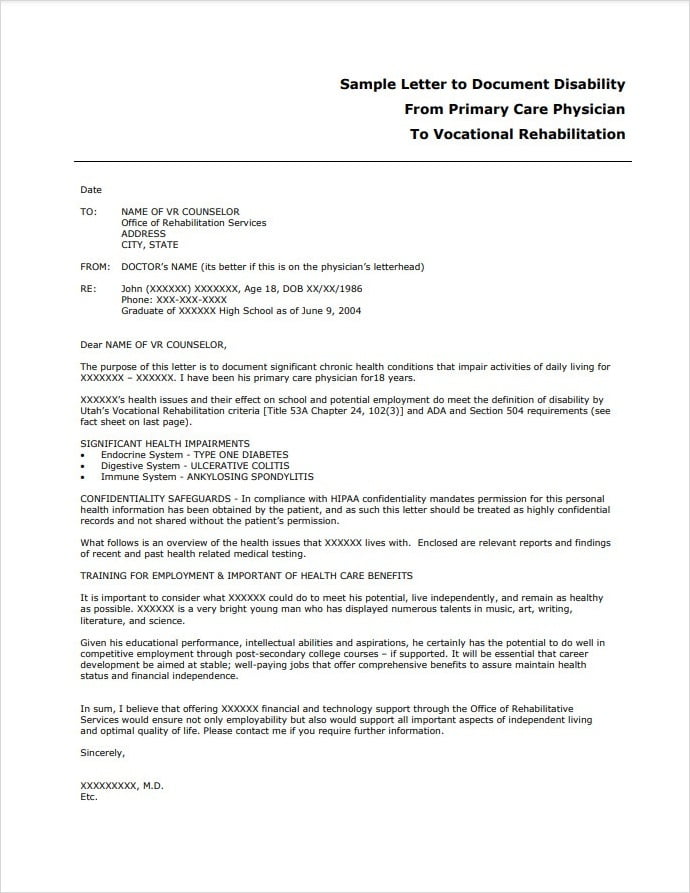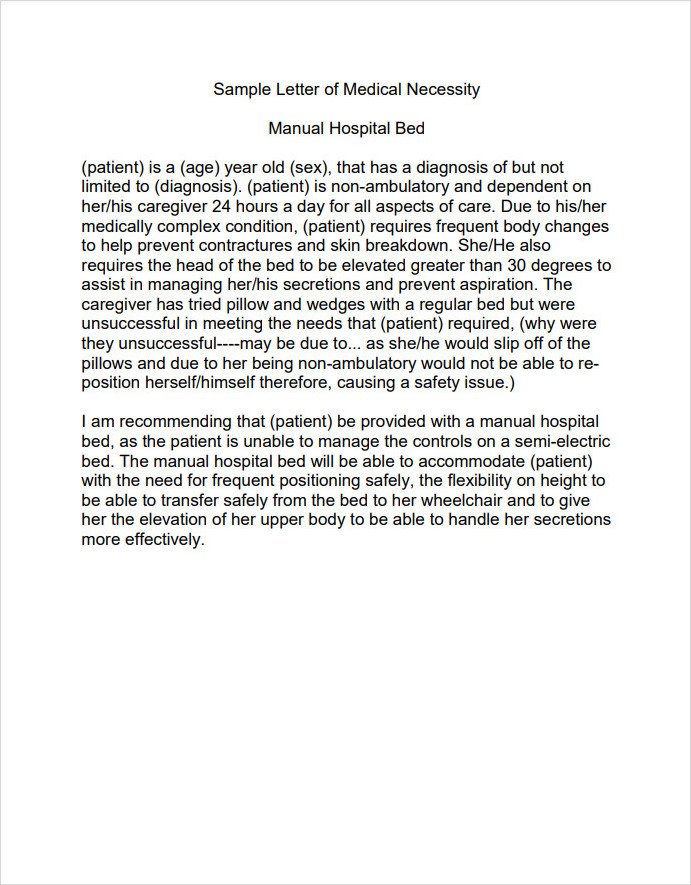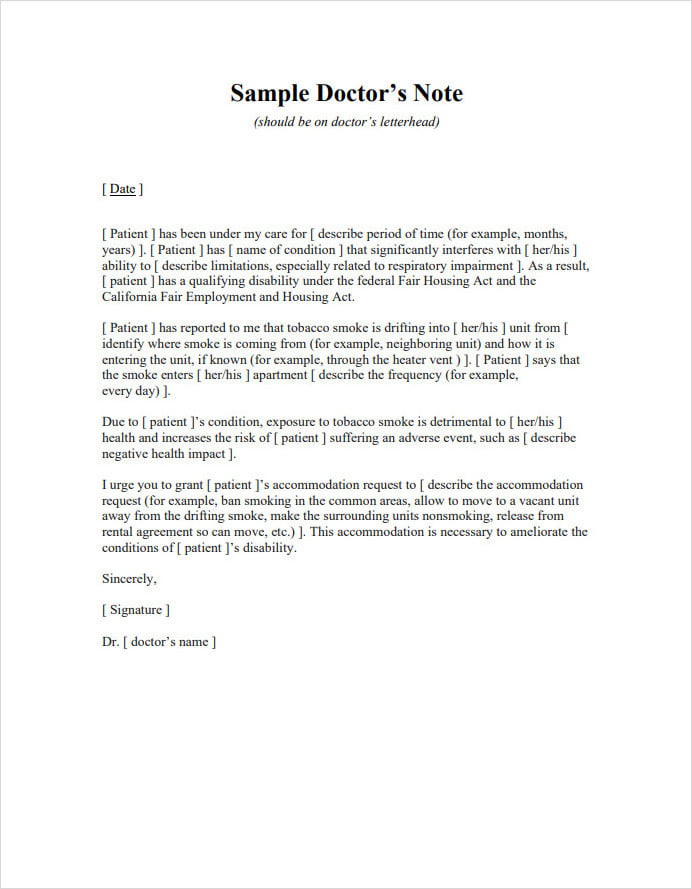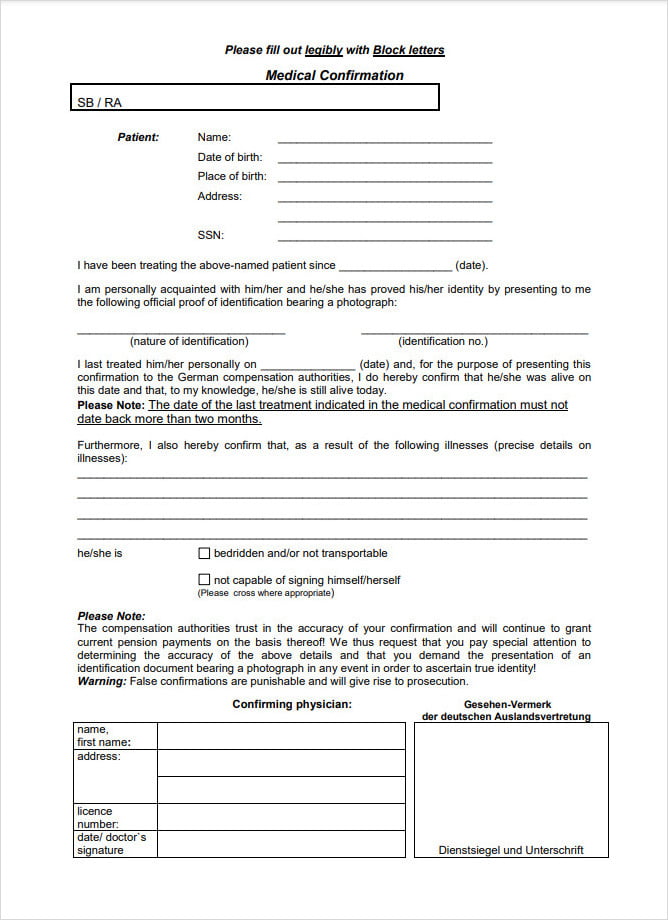When faced with a medical condition that requires validation, a Letter From Doctor Confirming Illness serves as a crucial document to substantiate one’s health status. This formal letter, issued by a healthcare professional, not only verifies a patient’s visit to a doctor but also outlines essential details regarding the medical condition diagnosed. Understanding the significance of such a document is paramount, as it can be instrumental in various situations where proof of illness is required.
In this article, we delve into the importance and intricacies of a Letter From Doctor Confirming Illness, shedding light on its role in providing credibility and support to individuals navigating health-related challenges.

What is a Letter From Doctor Confirming Illness?
A Letter From Doctor Confirming Illness is a formal document written by a healthcare provider to validate a patient’s medical condition. This letter serves as concrete evidence of the individual’s illness and is often required in various situations such as school absences, work sick leaves, financial obligations, and legal matters. It is crucial to prove that the patient sought medical attention and is genuinely unwell.

Key Components of Effective Doctor Letter
The key components of an effective doctor’s letter are crucial in providing a clear and concise confirmation of a patient’s illness. To ensure the letter serves its purpose adequately, the following elements must be included:
- Doctor’s details: It is essential to include the doctor’s name, contact details, and clinic information to authenticate the letter.
- Receiver’s information: Knowing the receiver’s details helps tailor the letter effectively.
- Patient’s details: The patient’s name is a critical element that must be clearly stated in the letter.
- Date: Including the date of writing and the date of the patient’s visit is necessary for documentation.
- Medical condition information: Details of the patient’s illness diagnosed by the doctor should be clearly outlined.
- Prescription details: Mentioning prescribed medications and instructions for treatment is vital for the recipient’s understanding.
- Signature: A valid signature from the doctor at the end of the letter is necessary to authenticate the document.
Ensuring that these components are present in a doctor’s letter confirming illness not only adds credibility to the document but also aids in effectively communicating the patient’s medical condition to the relevant parties.

Where We Need a Doctor Confirming Illness Letter?
In various situations, having a doctor confirming an illness letter becomes crucial for individuals to provide evidence of their medical condition. Here are some instances where the need for such a letter arises:
- Absence from school: Schools with strict absence policies require students to submit valid reasons supported by proof. A doctor’s confirmation letter serves as evidence of the illness that caused the absence.
- Sick leave from work: Organizations offering paid sick leave often request proof of illness to qualify for this benefit. A doctor’s letter confirming the illness is essential to meet the eligibility criteria.
- Request by landlord: Tenants facing financial constraints due to illness may need to provide evidence to their landlord. A doctor’s confirmation letter can help explain the situation and avoid potential issues.
- To prove illness in court: In legal proceedings where medical conditions are relevant, a well-documented letter from a doctor can serve as crucial evidence to support the individual’s case.

Writing a Perfect Doctor-Confirming Illness Letter
When writing a perfect doctor-confirming illness letter, it is essential to follow specific tips to ensure clarity and professionalism. Here are some detailed tips to consider:
- Brevity and Conciseness: Keep the letter brief and to the point, avoiding irrelevant information.
- Positive Language: Use positive wording to maintain a supportive tone throughout the letter.
- Formal Formatting: Format the letter professionally to enhance its credibility and impression.
- Essential Information: Include all necessary details related to the patient’s illness and condition.
- Accuracy and Relevance: Provide accurate and relevant information that is crucial for the recipient.
- Review for Errors: Thoroughly review the letter to eliminate any mistakes or inaccuracies.
- Personalized Addressing: Address the letter to the specific recipient if known, or use a general salutation if not.
By adhering to these tips, you can effectively craft a doctor-confirming illness letter that serves its purpose professionally and communicates the necessary information.


Final Thoughts
A well-written doctor confirming illness letter serves as a crucial piece of documentation to validate a patient’s medical condition. By following the tips provided in this article, you can ensure that your letter is clear, concise, and professional. Remember to include all essential information, address the recipient appropriately, and review the letter for accuracy.
Whether you are a doctor drafting such a letter or a patient in need of one, understanding the importance of this document is key to effectively communicating medical information. By adhering to the guidelines outlined here, you can confidently navigate the process of obtaining and utilizing a doctor-confirming illness letter.